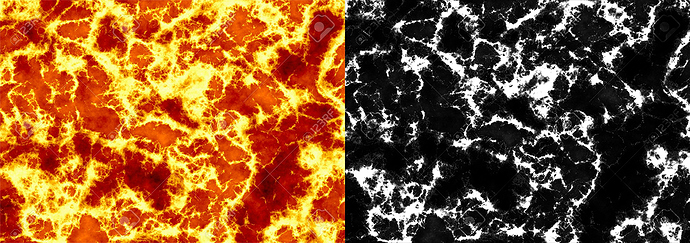Hi all,
I’m trying to use emission texture to make parts of a texture fully lit at all times. I noticed in shader code that since sample from emission map is multiplied by emission color, I should probably set emission color to white:
So I did, and it looks great when in full darkness. But when scene is lit, suddenly these areas turn too bright. So I looked at the technuique:
And it looks like emission is just additive render on top of the diffuse map? As a workaround, I made the parts that are fully lit in the emission map completely black in the diffuse map, and now it looks great in any light. But this doesn’t sound right.
Am I misusing the emission map, or is it really expected to have lit areas darken in diffuse map in order to work in all lights?
Thanks,




